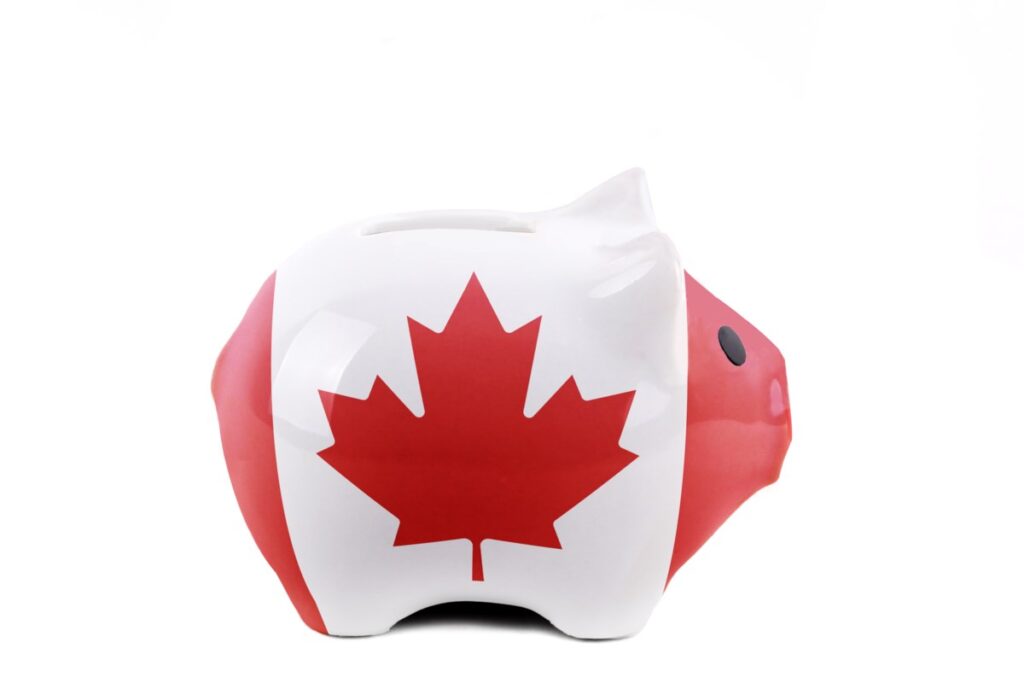“We all know what Canadians want and need from their government. The real question is: do we pay more to get it, or allow record numbers of immigrants without housing, or both?”
Many people believe that government is inherently bad at spending money, and there are countless wasteful spending tactics they can point to as evidence, like the wastefulness of ArriveCan and the Economic Action Plan. But the cold hard reality is that there are legions of economists who scrutinize the federal budget every year, and guess what? Nearly all of the money is going where it should be.
The budget covers health, welfare, benefits like the OAS and other support funds, military spending, provincial matching funds to keep tuition affordable, infrastructure maintenance, the Royal Canadian Mounted Police, increased interest payments on the national debt, funding innovation and investment, and government operations. Of the $500 billion-plus budget, discretionary spending is much smaller than people might imagine, and the waste we're angry about is actually just a few percent of the total.
This is not to defend or condemn any particular government, just to state a fact. It's also very bad news because it means many of Canada's problems can't be easily solved by making simple cuts here and there. It doesn't matter much who's handling the wallet when 95 percent of the money in it has already been spent.
A demographic time bomb that began almost 60 years ago hangs over everything: We have 8 million baby boomers and 2 million older Canadians, which means we are entering an era where one in four Canadians will be retired, using a lot of health care, paying much less tax, and benefiting from social security programs like the OAS.
At the same time, people want more from their government: to rebuild housing, to hire more doctors and nurses, to build more hospitals, to get the drug addicts and mentally ill offenders off the streets, to get tough on crime and repeat offenders, to spend more on the military so we can meet our NATO obligations, to improve our infrastructure, and so on.
None of this is going to be cheap, and given that budgets are already in a tight spot, our options are to A) add more taxpayers to the bottom of the population pyramid through immigration (exacerbating the housing supply and affordability crisis), B) raise taxes (which is never popular, even if the government is generally good with our money), or C) cut spending (which means the things people want and need won't get delivered).
Canada has adopted Option A so far, and also adopted a small amount of Option B, raising the capital gains threshold, which should be more popular given that it only affects a very small percentage of people.
Unless we embrace more of Option A, all we will be left with is more government revenue through higher taxes and a little bit of Option C, such as raising the retirement age to cut spending for seniors.
Consider the cost of supporting seniors. Currently, about 19% of Canadians are over 65 years old. That percentage will soon be 24-25%, adding more than 2 million more seniors. Editors at the Globe and Mail estimate that the cost of the OAS will grow from $59 billion in 2020 to $81 billion annually by 2025. That's an increase of $22 billion, and rising.
When it comes to health care, the average expenditure per person is about $2,700 per year, but the average cost for a Canadian over 65 is nearly $12,000, according to the Canadian Medical Association. An additional 2 million seniors would translate into an increase in annual health care costs of roughly $18.6 billion.
Want the government to build housing again? It's estimated that this country needs about 4.4 million affordable housing units. According to my napkin, if construction costs average $400 per square foot and the average size of these new homes is 1,000 square feet, we need $1.76 trillion in federal investment. And we need it now.
Want more doctors and nurses? The federal government estimates that by 2031, we will need about 49,000 family doctors. The average cost per doctor to the Canadian health care system is about $284,515 per year. Multiply that by $14 billion per year. What about nurses? With an average salary of $71,894, the Canadian Federation of Nurses Unions says we need 117,600 nurses by 2030. That's an additional $8.5 billion per year.
NATO? We are expected to spend 2% of GDP on our military, but we are not keeping up. According to the Canadian Institute of International Affairs, we are currently facing a military spending shortfall of about $57 billion between 2023 and 2027, which equates to an average of $14.25 billion per year.
I can’t even begin to calculate how much it would cost to reopen and staff mental health centers to get the drug addicts and mentally ill off the streets, or to add all the public defenders, judges, courts, police resources, prisons, corrections officers, and other buildings and staff needed to get tough on crime.
Everything else we need — bridges, ports, airports, high-speed rail, investment in industry and innovation, tuition assistance — will also cost more than our current budget.
We all know what Canadians want and need from their government. The real question is: do we pay more to get it, or allow record numbers of immigrants without housing, or both? If the answer to both questions is no, and cost savings are nearly impossible, where does that leave us?



